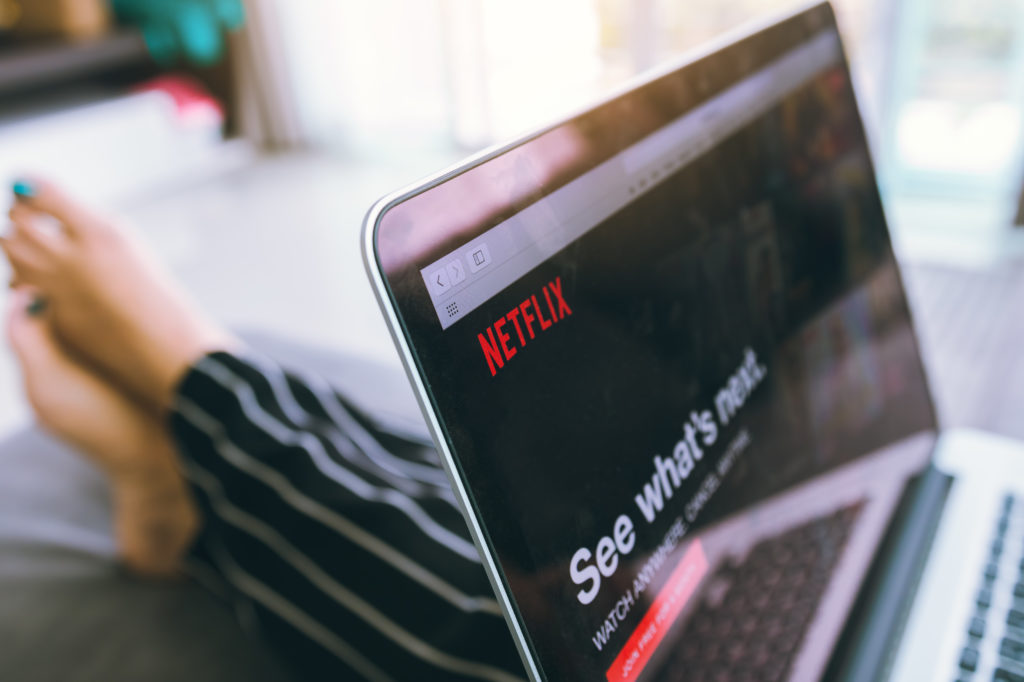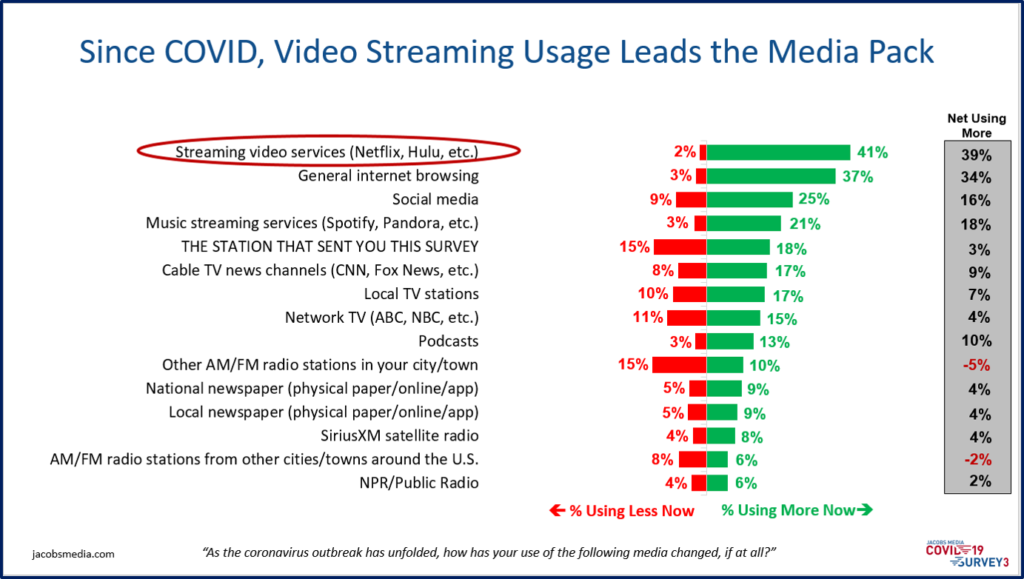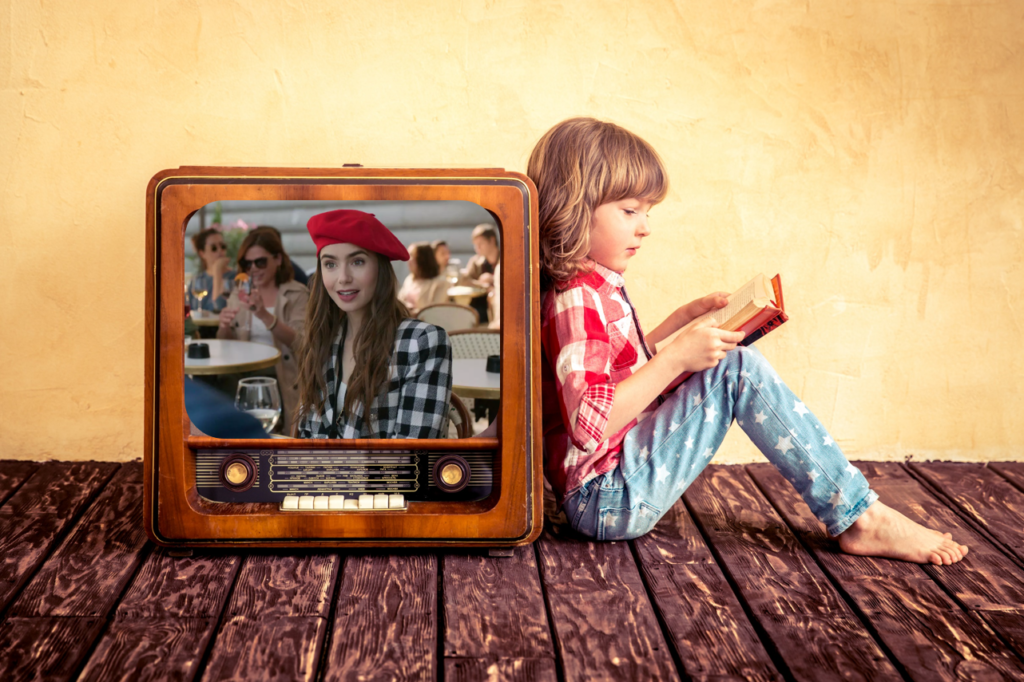
When we look back at the trashed business landscape of 2020, there will be lots of losers – platforms, companies, and brands that just couldn’t cut it any longer.
Of course, the same is true in the world of media. Newspapers – already reeling from losses during the past decade – continue to face layoffs and other cutbacks. Aside from political advertising, it’s been a tough go for both broadcast television and radio.
But in any crisis, there are also winners. And when you think of media, whether it’s entertainment or information content, it’s difficult to think of a “vertical” that’s had a better year than video streaming. Dig a little deeper into specific brands, and Netflix stands out as the runaway champion. Pre-COVID, Netflix was thriving. But once America (and the world) found itself in a virtual lockdown last spring, “What are you watching on Netflix?” became a question as common as “How’s the weather?”
In our most recent COVID study conducted last month among commercial radio station fans – all 27,000+ of them – platforms like Netflix, Hulu, Amazon Prime, and Disney Plus lead all other media outlets in increased usage:

So, Netflix – the leader of all the other video streamers – should be popping champagne. But because video streaming is soaring since COVID, the competitiveness of this industry has become intense. While Netflix is now in the neighborhood of 200 million subscribers worldwide, upstart Disney Plus has broken through the 60 million mark in just one year, blowing through all projections.
And then there’s Amazon, Hulu, NBC, HBO, ESPN, a bunch of niche players, and more to come. And that forces Netflix to not only invest heavily in content, but also to seek new innovative products and services.
One of these cropped up last week. According to MediaPost’s Wayne Friedman, Netflix is experimenting with a “linear TV channel.”
What is that? It’s a pre-programmed channel not unlike what we’ve experienced our entire prime time lives on the broadcast networks – ABC, CBS, NBC, and Fox. Rather than scrolling through endless menus of TV series, documentaries, and movies, Netflix programmers will do the choosing for you.
For now, this innovation is being piloted in France before bringing it to Netflix’s most important market – the U.S. Think of it as an Off Broadway experiment that could end up providing more data for the company if it ends up capturing more decision-stressed eyeballs.
That’s because with Netflix’s deep “on demand” format, it can take viewers a long time to settle in on something to watch.
On the other hand, a scheduled channel – curated  by the network – makes it easier to make a decision when the service is just on. In much the same way NBC branded “Must See TV” for its highly successful Thursday night lineup back in the ’90s, Netflix is vying to create a go-to linear experience.
by the network – makes it easier to make a decision when the service is just on. In much the same way NBC branded “Must See TV” for its highly successful Thursday night lineup back in the ’90s, Netflix is vying to create a go-to linear experience.
But that’s not all.
The New Yorker’s Kyle Chayka reports Netflix has another test tube project underway – TV in the background. We’ve seen this in some of our Zoom focus groups in recent months – people working from home with the TV quietly on.
Chayka notes that in much the same way homemakers “watched” soap operas while doing chores – with the TV on in the background – it was easy to follow the storyline without having to look at the screen.
He calls it “ambient TV.”
But isn’t that actually a fancy term for radio?
One of radio’s core strengths is that unlike virtually any other medium – from print to TV to video games – you can enjoy it while doing something else. That’s the essence of “listen at work” and other marketing hooks that have helped make radio a companion medium for its music, information, and entertainment programming.
 Now, Netflix is developing their own version of background noise – banal shows like Emily in Paris that are easy to have on while scrolling through a social media feed. Or cleaning the house or making dinner.
Now, Netflix is developing their own version of background noise – banal shows like Emily in Paris that are easy to have on while scrolling through a social media feed. Or cleaning the house or making dinner.
That’s how many of us “watch” sports on television, relying on the sound while doing something else.
As TV programmers intuitively know, there’s “intentional” viewing – the programs you purposely seek out when you’re in the mood to “watch TV” as a primary activity.
But then there’s “ambient TV,” a whole new opportunity to keep consumers using the service while doing something else. And in the process, generating more usage and data.
This more passive, radio-ish engagement fits in perfectly with our bored, numbed mindsets as we roll into yet another month of COVID with perhaps more quarantines and restrictions on the way.
Netflix may find this audio version of their programming just might work, especially when consumers lose track of whether it’s Sunday, Monday, or  Blursday.
Blursday.
And radio might find it’s a great way to repackage and position the medium for what promises to be a dark, work from home winter.
After all, it’s worked pretty well for the past 100 years.
- For Radio, Will It Be Christmas In April (And Hopefully, May)? - April 21, 2025
- Media And Technology In 2025: Believe It Or Not! - April 18, 2025
- In Radio, You Just Never Know - April 17, 2025




“Ambient TV”–color me gobsmacked. Why, Fred? And what “data” would be gleaned by knowing which “program/channel” is being ignored in the background? That makes about as much sense as asking listeners to write down in a diary what they think they might have been listening to a few days ago…oops. Sorry, Neilson.
Garbage in, garbage out.
“One’s allies are not all that less likely to corrupt evidence than one’s opponents.” ~ Edward Tufte
I was waiting for it…and loved the Nielsen comment.
I think when you reach Netflix’s level, you’re can’t always “out content” your growing list of competitors (especially Disney), so you’d better start finding new and different ways to monetize your subscriber base.
Appreciate the comment, John.
I am trying to think of what program on Netflix I want to just listen to. The whole point seems to be watching binge-worthy content. If I want background ambience, it is probably not going to be Tiger King. I remember growing up and having a radio that included tv audio, it made me want to see the visuals. I am not a target for this service. To this day, Fibber Mcgee’s closet is still begging my ears to open the door and have a peek inside, Radio purist out.
Thanks for this, Chris. I think it’s got to be a pretty bland show (like “Emily”). Most have to be seen, of course. But we’re also talking Gen Z’s who have great capabilities at juggling, multi-tasking content.